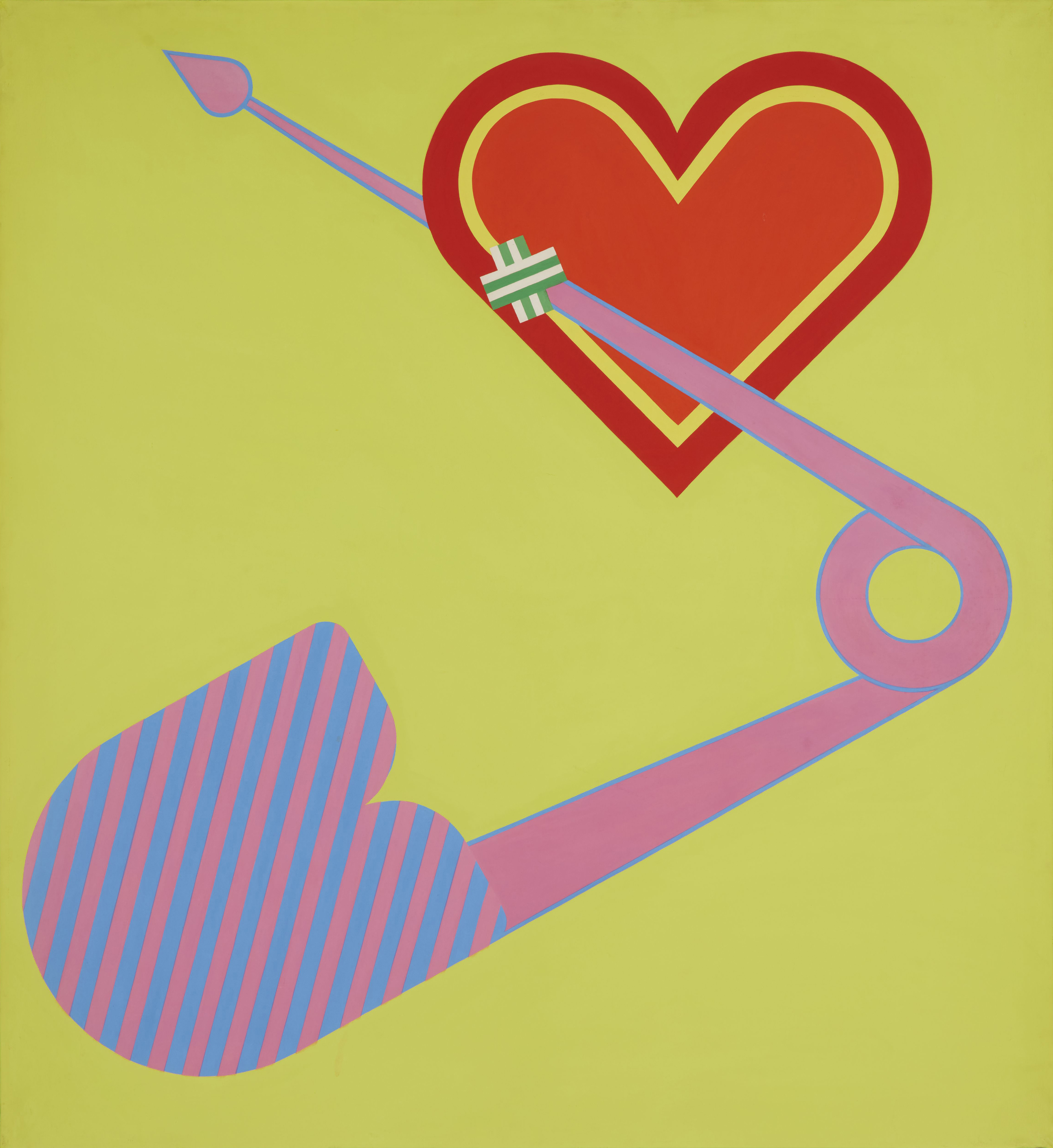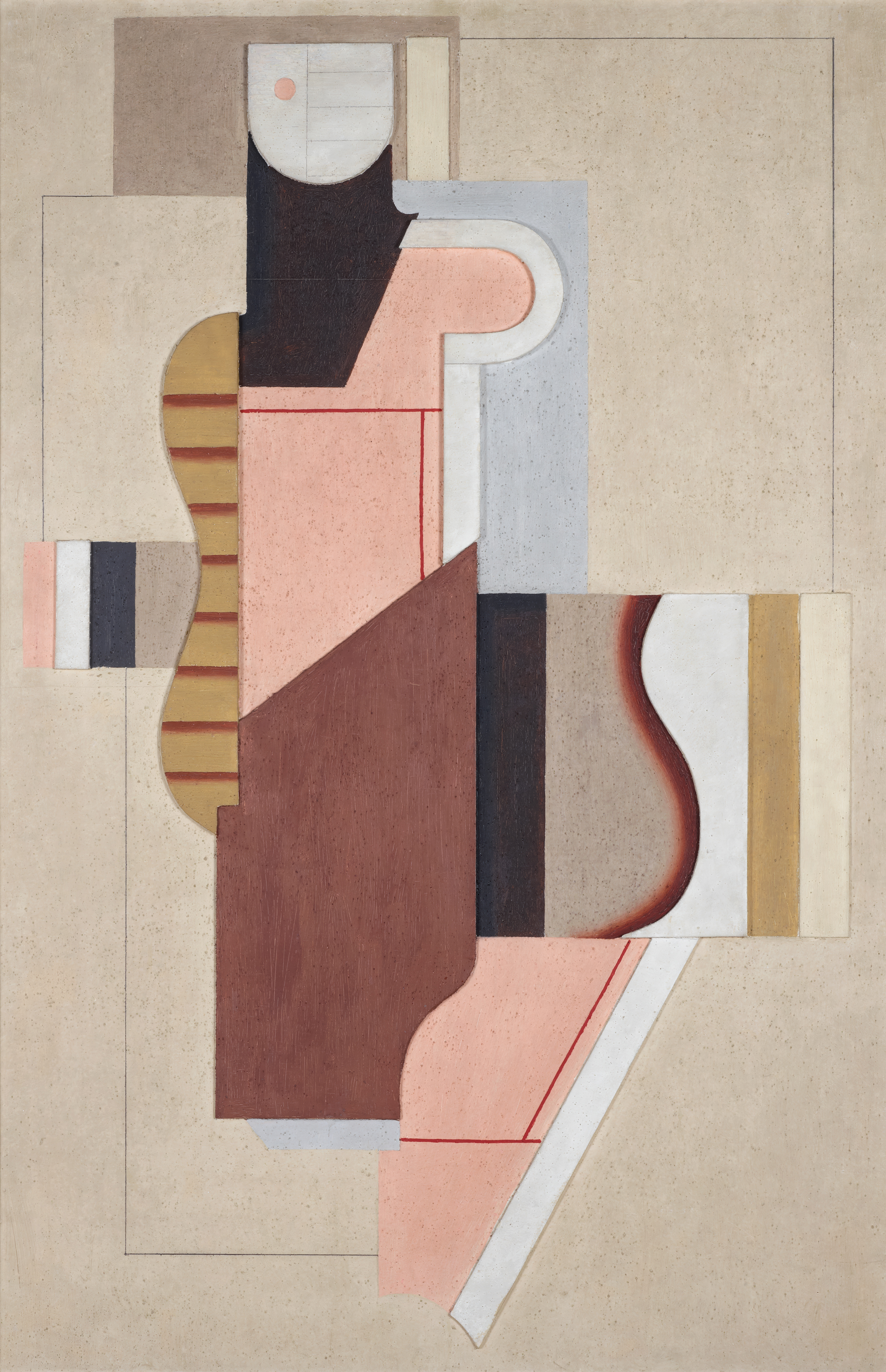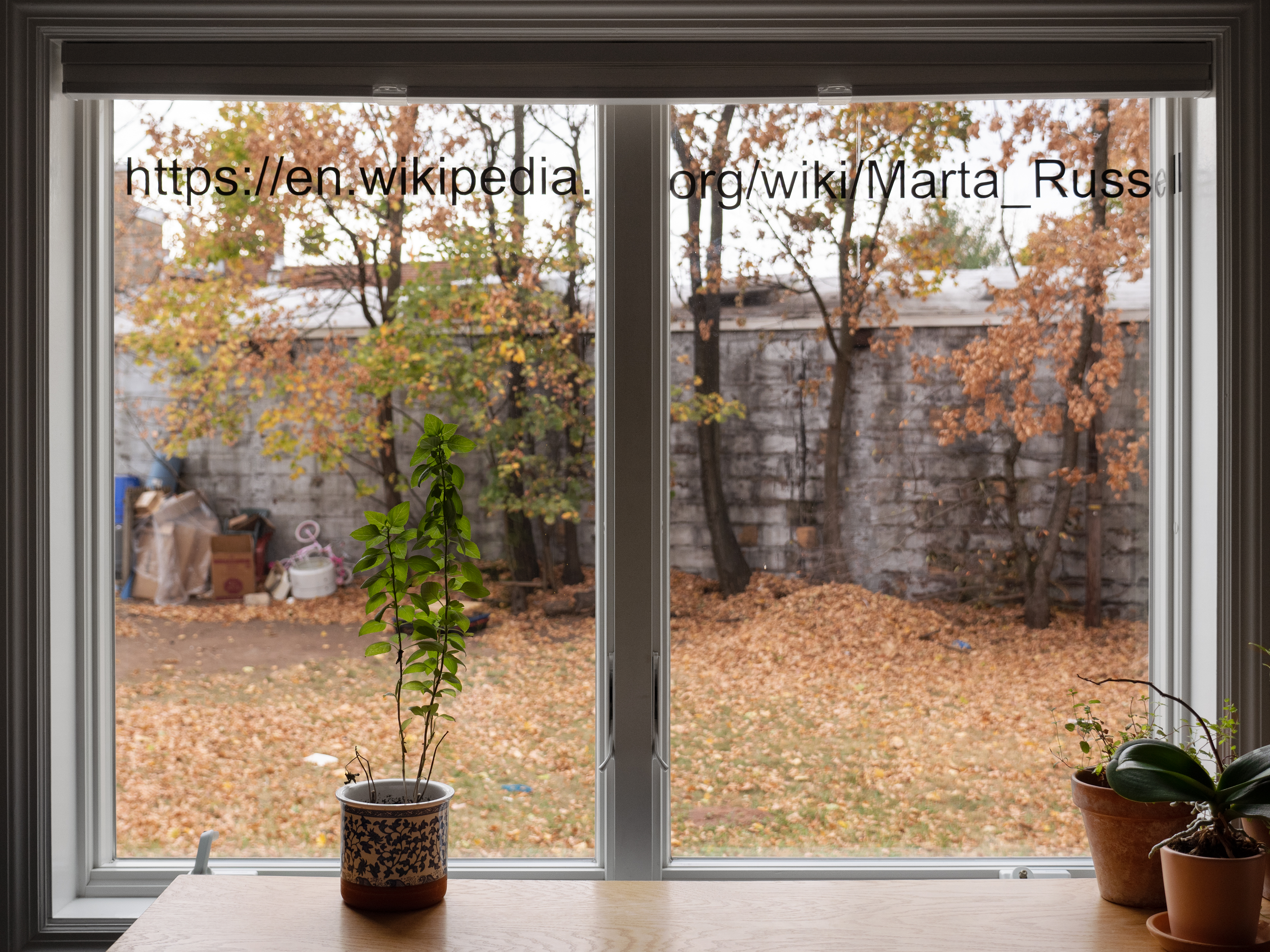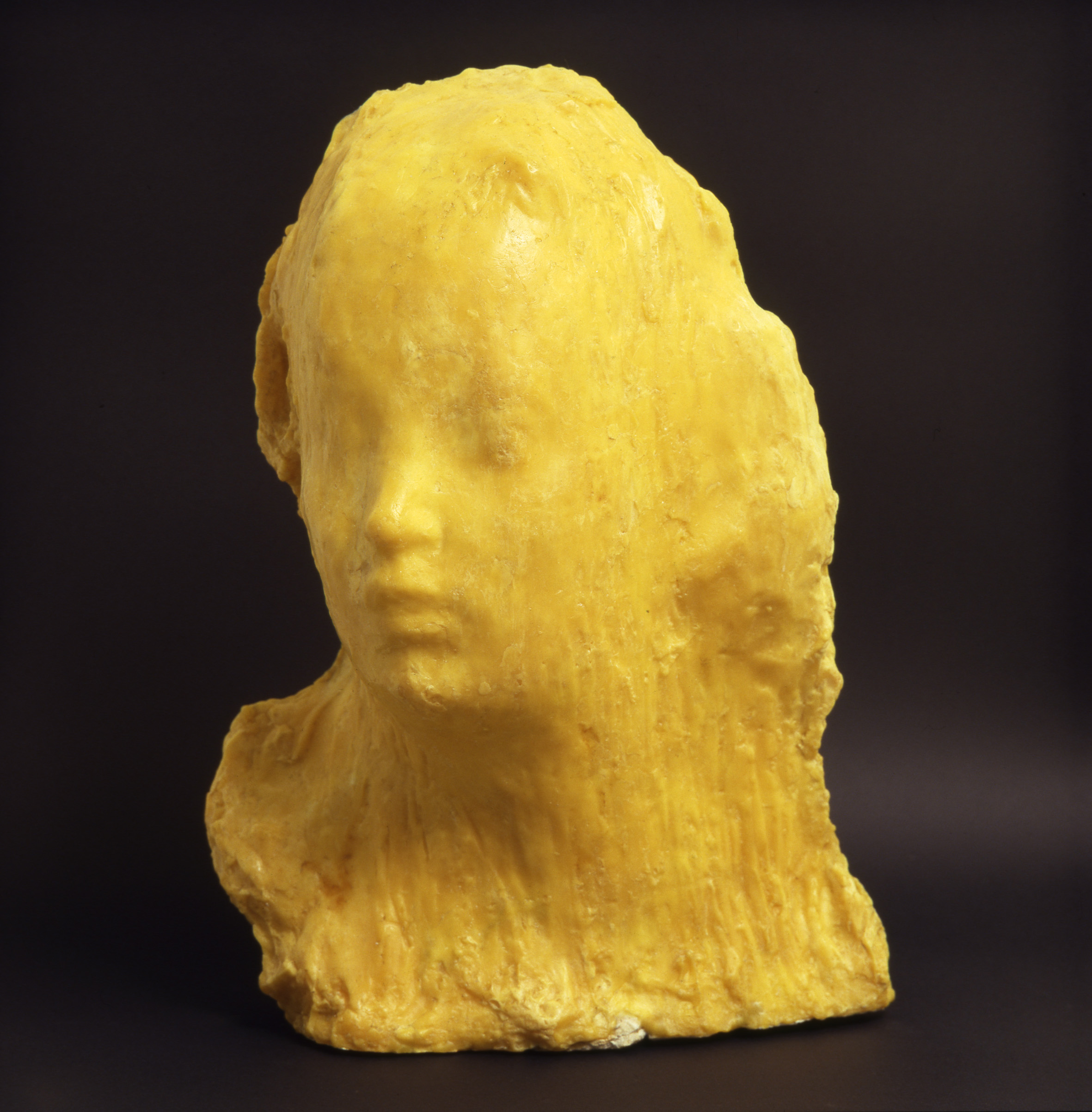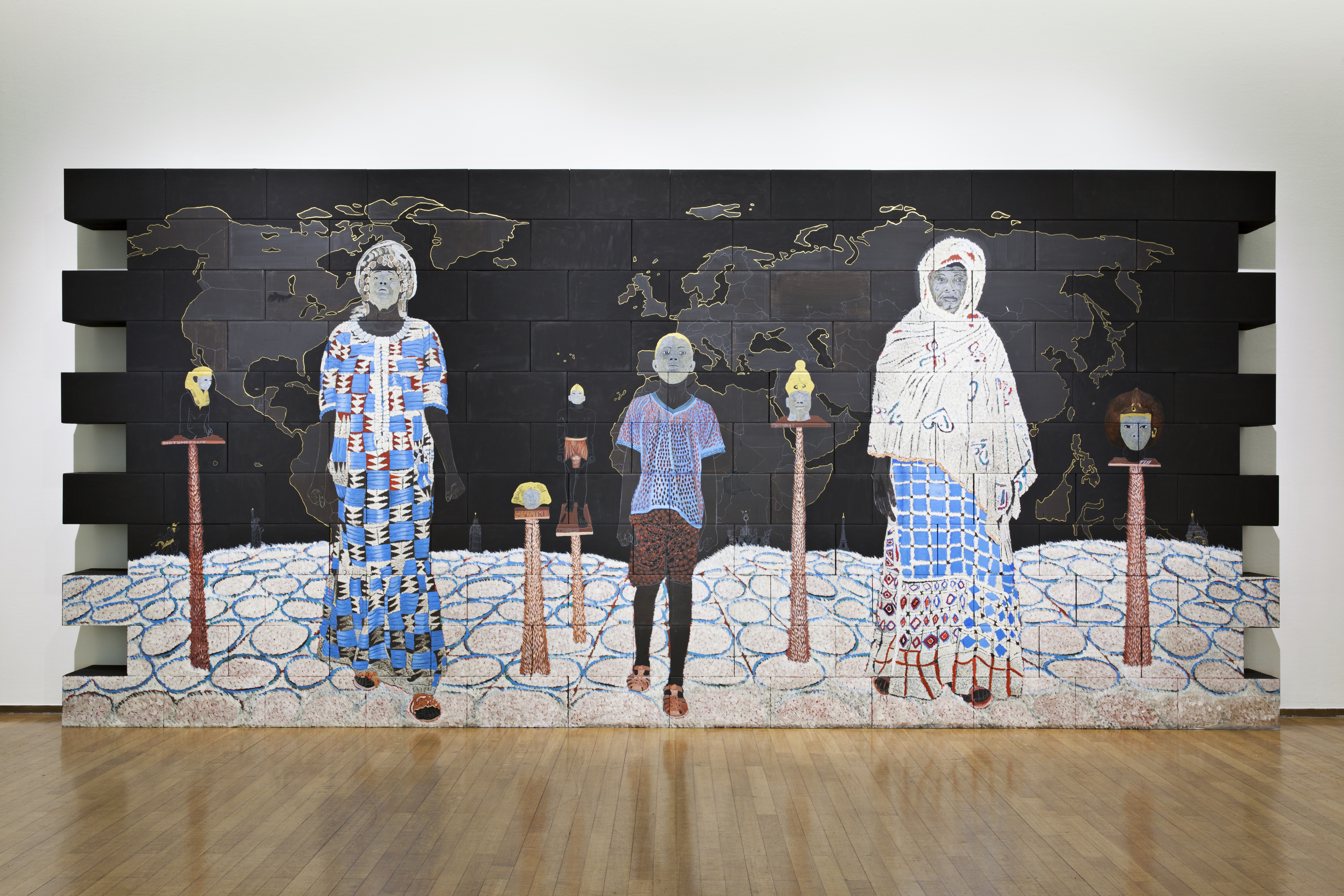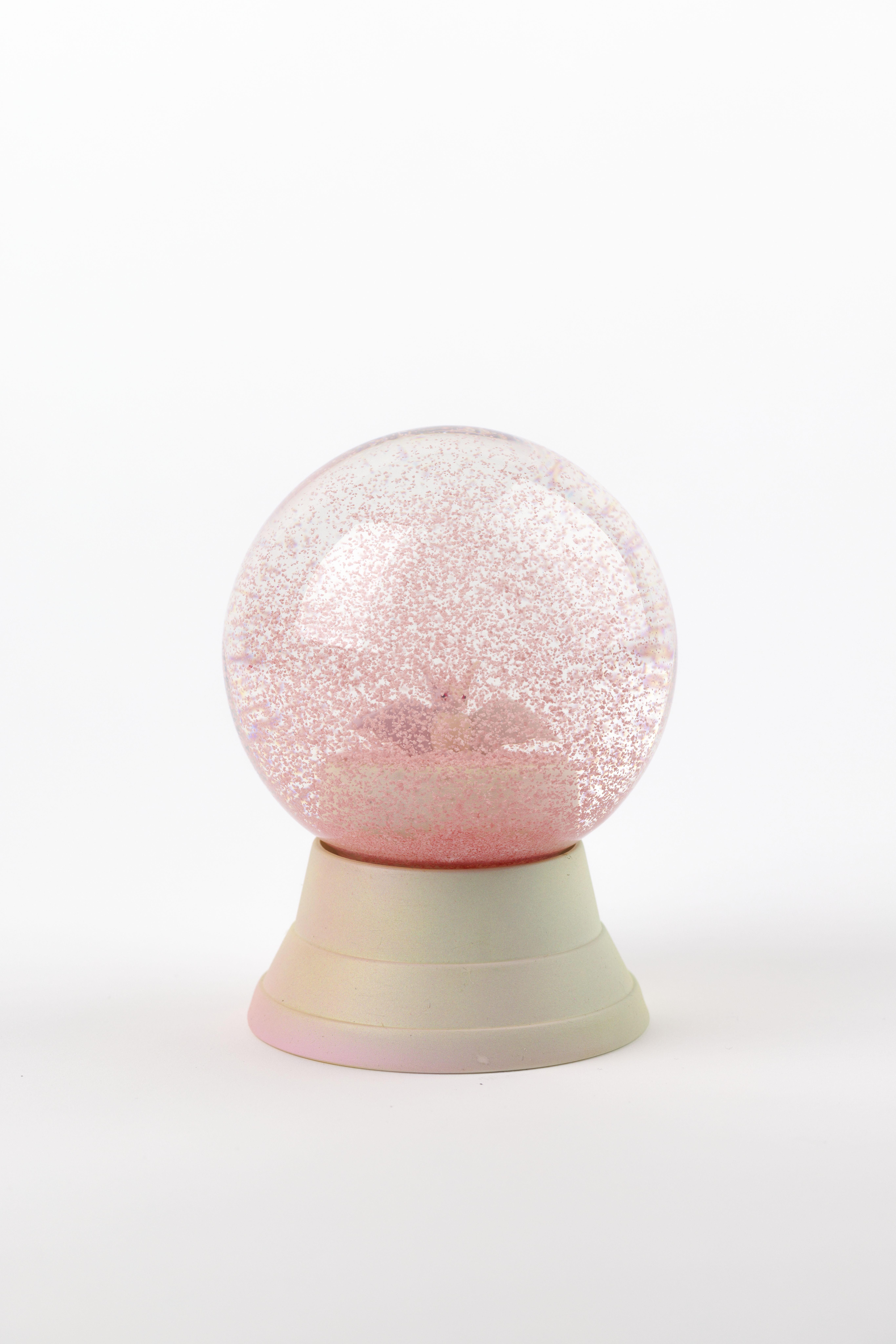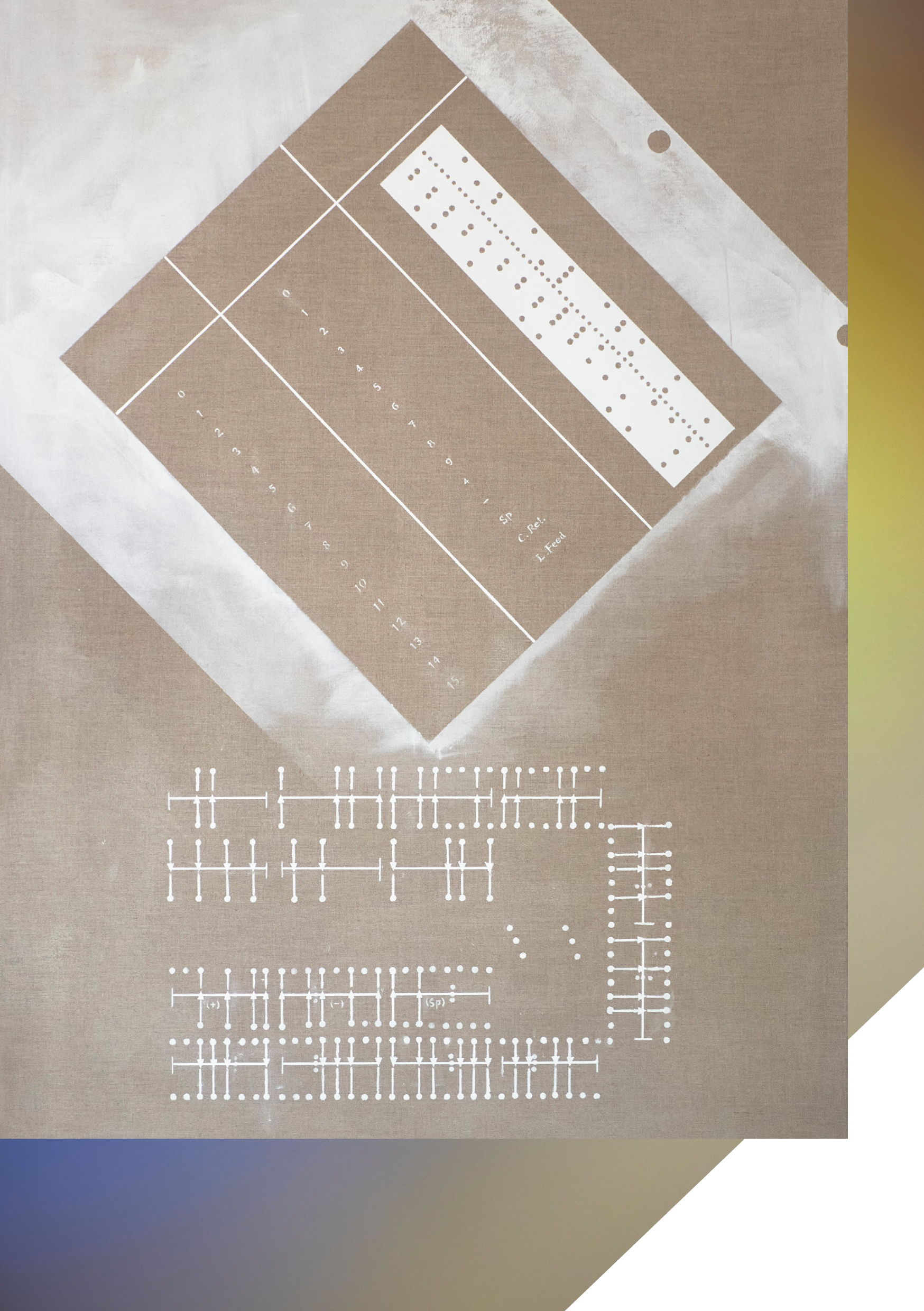Art Histories from the mumok Collections
July 5, 2024–February 1, 2026
Vienna 1070
Austria
Hours: Tuesday and Thursday–Sunday 10am–6pm
press@mumok.at
The exhibition Mapping the 60s is based on the thought that substantial sociopolitical movements of the twenty-first century have their roots in the 1960s. Black Lives Matter and #MeToo, for example, have built on the anti-racist and feminist upheavals of yesteryear—as have current debates on war, mass media and mechanization, consumerism, and capitalism.
The developments of the 1960s in general and the events around 1968 in particular are not only paradigmatic in social and political terms, but also essential with regard to cultural policies. In 1962, the Museum des 20. Jahrhunderts was founded in Vienna, a precursor of mumok, whose collection focuses on Pop Art, Nouveau Réalisme, Fluxus, Vienna Actionism, performance art, Conceptual Art, and Minimal Art—artistic movements of the 1960s. Even when we ask ourselves how to address art history today and make it productive, we encounter discussions that go back to that decade.
Concomitant with the sociopolitical shifts of the 1960s, theoreticians like Michel Foucault and Jacques Derrida developed a new understanding of history, historical knowledge, and historicity. Models of linearity and unbroken progression had become obsolete, and people recognized that historical works of art and concepts could not be transposed into the present without reservation or reflection.
Following these insights, Mapping the 60s attempts to create a selective cartography of the 1960s, moving away from a linear model of history toward a focus on specific discursive hubs and networks. The result is a deliberately fragmentary depiction of historical regularities, complexities, and contexts between individual events, artists, and works.
Seminal exhibition projects and publications (magazines, catalogs, and documents) from the 1960s are the departure point for this presentation of works from the mumok collection, expanded by permanent loans from the Austrian Ludwig Foundation. In addition to sketching specific contexts, they allow the show not only to do justice to the mediatization of the art of that period and to address new forms of presentation/representation but also to adequately confront the Foucauldian idea that historical events are always related to discourse. This allows to retrieve new or hitherto little-regarded correspondences, arguments, and discursive contexts from the mumok collection holdings.
Selective aspects of the time can thus be highlighted like under a magnifying glass. Historical junctions become visible in which various sociopolitical concerns, aesthetic movements, and different approaches overlap and intersect in an exemplary fashion—simultaneously, in dialog, or even in conflict with each other.
Against the backdrop of a new war in Europe, continuing racist violence, gender inequality, and discrimination against minorities, the exhibition deliberately focuses on works from the collection that deal with these issues. However, it also grapples with the fact that in the 1960s the museum acquired very few works by women and that the important group exhibitions of the time were dominated by men—there were merely five women among the 150 participants at documenta 4 in 1968, and Harald Szeemann’s groundbreaking presentation When Attitudes Become Form in 1969 only managed to show three works by women. We cannot let that stand anymore. Along with the historical constellations in the mumok collection, magazines, and exhibitions, Mapping the 60s highlights historical positions of women that were overlooked at the time but managed to be included in the collections in recent years. The few originally presented works by women will be given a special place.
Curated by Manuela Ammer, Marianne Dobner, Heike Eipeldauer, Naoko Kaltschmidt, Matthias Michalka, Franz Thalmair.
Contact
Please check our website for regular updates on our program. For further information please contact: press [at] mumok.at.
